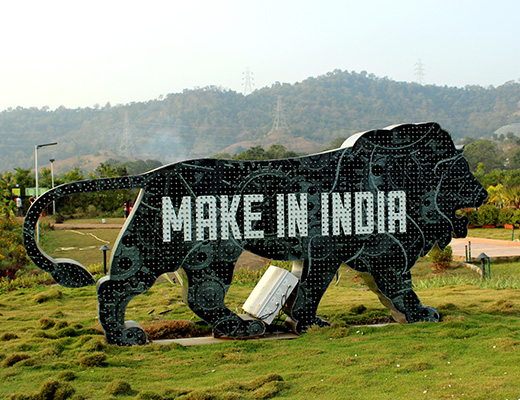From the 1950s until the 1990s, mistrust of the private sector as an entirety (as distinct from favoured elements of it) restrained India from making the progress that could have been possible. Much smaller countries in both size as well as population leapt ahead of India where companies were concerned, including state owned monopolies that drained away
The security implications of that are obvious. Countries hostile to India are active in external locations, and consequently would have better access to the naval capabilities of our country because naval ships have to dock elsewhere. The Navy cannot be faulted for its earlier preference for foreign shipyards over domestic, for repairs that took months to complete in India were carried out in a few weeks in Dubai and Singapore. After its expansion, a lot more ships can be sent to Cochin for repairs rather than have to travel elsewhere. Not just routine repairs, but even in case of emergencies at sea involving ships that develop propulsion and other problems, even if such a calamity occurred close to the shores of India, the ships had somehow to make their way elsewhere, as repair facilities in India were lacking. Even where shipbreaking is concerned, during past decades activity such as those at Alang saw reduced custom. Among the reasons was the fact that more and more ships that have completed their useful life are not entirely broken down into scrap. Several parts of the ships are recycled and once again made usable. When it is factored in that even a 90,000-tonne carrier such as USS Kitty Hawk was finally decommissioned by the US Navy, the ship was sold to a shipbreaker for the princely sum of one cent, the advantages of salvaging usable sections and parts of a vessel become obvious.
It is another story that the USS Kitty Hawk could have been given to India for the same price, as was suggested by some in India and the US at the time, but apart from the much smaller USS Trenton in 2007, no such transfer was made. Had the US offered additional naval platforms to India at zero or nominal cost, a boost could have been given to the security of the Indo-Pacific, given that several security interests of the US and India converge. Apart from that, much foreign exchange was expended in the purchase of vessels such as the aircraft carrier Admiral Gorshkov, which was sent to dry dock by the Russian Navy as it was too expensive to operate. The then Government of India bought the vessel for around $3 billion, but the carrier has proved even more expensive to maintain in a seagoing condition. Only in 2014 was the carrier made suitable for the tasks that it was meant for. Had that $3 billion been spent on improving Indian shipyards, a much better aircraft carrier could have been built at home, as indeed is being planned now. Should the momentum that has been created during the past decade continue into the next, India will overtake China, Japan and South Korea in the shipping tonnage locally manufactured. At the same time, within a few years, India would be a more attractive destination for ship repairs than any competitor in the region. Streamlining of administrative procedures and manufacturing processes is taking place, and needs to not just continue but move forward faster. Only when 80% of critical defence equipment gets made in India rather than (as was the case until recently) imported from outside will the country be fully secure from the logistical and other disruptions that are commonplace in kinetic situations.

